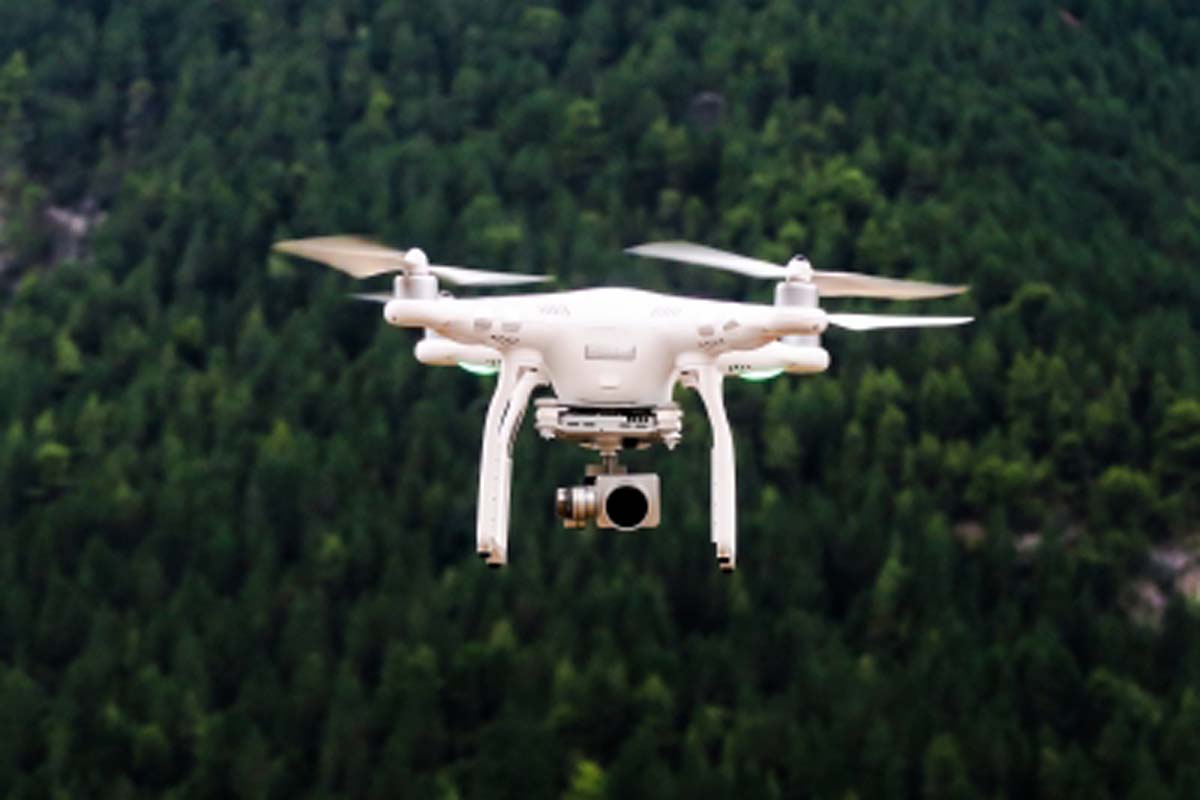India expected to enter global fisheries certification by 2025 end
In a major boost for India’s seafood export, the country is expected to enter the global fisheries certification by the end of 2025.
From early detection of algal blooms to feed broadcasting in mariculture to rescue operations during emergency situations, drone technology is expected to revolutionise India’s marine fisheries sector.
IANS | New Delhi | November 6, 2024 2:13 pm

Photo: IANS
From early detection of algal blooms to feed broadcasting in mariculture to rescue operations during emergency situations, drone technology is expected to revolutionise India’s marine fisheries sector.
A joint effort of the Union Ministry of Fisheries, National Fisheries Development Board (NFDB) and ICAR-Central Marine Fisheries Research Institute (CMFRI) is on to promote and popularise drone applications in the country’s marine fisheries.
Advertisement
This initiative aims to significantly enhance the efficiency of fisheries management, sea cage farming, disaster management and ecosystem conservation.
Advertisement
An awareness workshop and drone demonstration for fishermen and fish farmers will be held at CMFRI on November 8 to showcase the prospects of drone applications for various purposes, including aquaculture input dispensing, live fish transportation, rescue operation, water sampling, underwater imaging, water body monitoring and mapping, and marine mammal stock assessment among others.
Union Minister of State for Fisheries George Kurian will inaugurate the workshop followed by a demonstration of potential drone application.
Referring to the prospects of drone applications, CMFRI Director Grinson George said the technology will significantly enhance efficiency, reduce labour costs and minimise environmental impact.
“It could be used in cage fish farming operations both in coastal and offshore waters for monitoring fish health, assessing water quality parameters, and optimising feed distribution. Drones can also aid in early detection of algal blooms and other environmental threats to the farming,” he said adding that the technology could be used for monitoring paddy seedlings in Pokkali farms.
Another significant benefit of this technology is enabling fish farmers to get reasonable market prices for their high-value, cage-farmed fish.
Drones can efficiently transport live fish from remote aquaculture sites to markets according to requirements, ensuring freshness and reducing transportation time.
The application of drones would also be helpful to improve marine mammal stock assessment, and easy surveillance of their interaction, including their strandings. This technology could be used for deploying life jackets for rescue operations during emergency situations.
Advertisement
In a major boost for India’s seafood export, the country is expected to enter the global fisheries certification by the end of 2025.
Eligible stakeholders mainly fishers, fish farmers, vendors, processors and microenterprises can register themselves on the National Fisheries Digital Platform at these camps so that they can avail the benefits under PMMKSSY which has been launched with an outlay of Rs 6,000 crore.
The 14th Asian Fisheries and Aquaculture Forum (14 AFAF), with the theme ‘Greening the Blue Growth in Asia-Pacific’ is to be organised in New Delhi from February 12-14.The Asian Fisheries and Aquaculture Forum (AFAF) is a triennial event of the Asian Fisheries Society with its headquarters in Kuala Lumpur, Malaysia.
Advertisement
